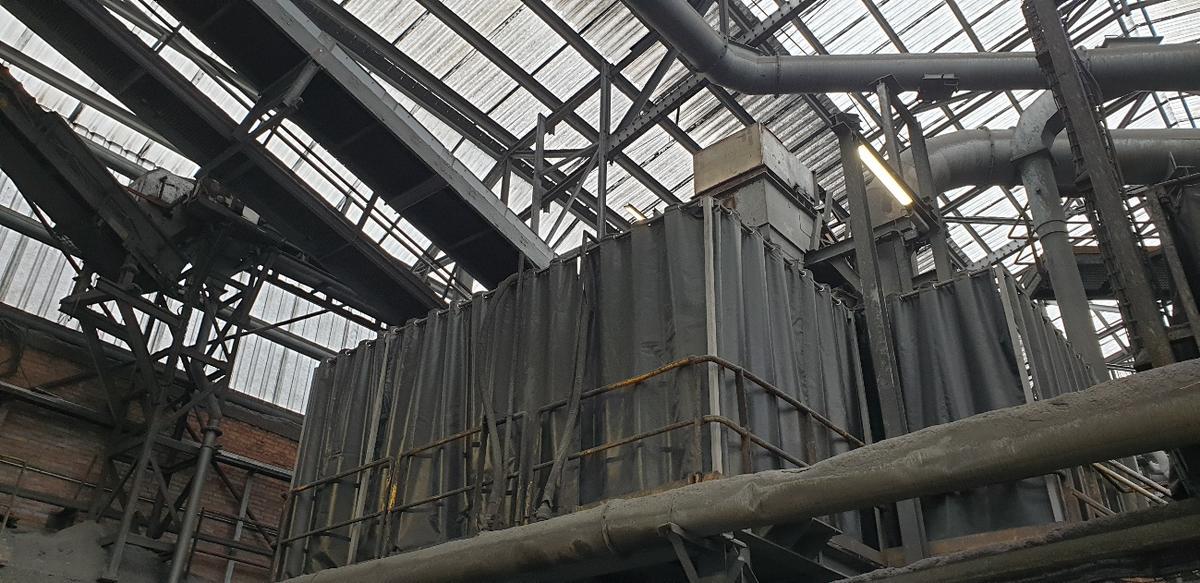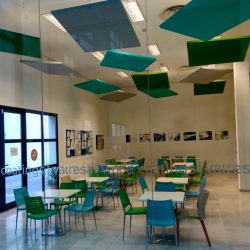Problem:
Industry in which machinery produces high noise levels.
This problem has two consequences: on the one hand, it can seriously affect the health of workers -exposure to high noise levels can cause irreversible hearing loss, loss of concentration, anxiety, insomnia, headaches and other psychological problems-. On the other hand, current legislation on occupational risk prevention may not be complied with regarding the noise to which workers may be exposed in their workplaces -established in Real Decreto 286/2006, of March 10, on the protection of the health and safety of workers against risks related to exposure to noise-, which may lead to financial penalties.
There are different acoustic solutions to deal with this problem, generally based on encapsulating that part of the machinery that generates the noise -usually the engine, or in production lines, a press-. This solution is the most effective in terms of noise reduction. However, it is not satisfactory for a large number of cases for two main reasons:
- By encapsulating a machinery, access to it is lost, making maneuverability and maintenance and/or cleaning tasks difficult.
- Encapsulation prevents ventilation of the motor, which ends up overheating. This entails a high risk of mechanical failures or breakdowns.
Acoustic curtains allow access to the machinery, ventilation of the machinery elements and are also a much more economical solution.
Objective:
To reduce the noise level produced by industrial machinery, integrating the solution to the size of the machinery and allowing its maneuverability.
Intervention:
- Step 1 – Diagnosis: By performing on-site tests of noise levels -following the methodology established in Real Decreto 286/2006- and using the appropriate instrumentation, the results of the noise exposure level for the workstations related to the machinery to be intervened are obtained.
- Step 2 – Design of solutions: Having all our acoustic fabrics tested according to ISO 10140-5, we have the acoustic reduction index of all of them. From this parameter and the sound exposure level data obtained, we discern what type of fabrics we are going to combine to create a multi-layer curtain to act as acoustic insulation. Once the solution has been chosen based on technical criteria, we move on to the decorative design, where it is possible to choose between different combinations for the front and back visual layer, as well as the finishes.
- Step 3 – Installation: the corrective measures are installed inside the industry -multilayer acoustic curtains-. The process is fast, allowing the machinery to continue working without interrupting the workload. In this case, a 620g PVC tarpaulin was chosen for the front and back layers, as this material is easy to clean and does not deteriorate easily.
- Step 4 – Verification: measurements are taken of the level of noise exposure to which the workers are exposed in order to check its effectiveness – comparing the results with those obtained in diagnosis.
NOTE:
In the interior of the industries, as a general rule, it is not possible to take photographs, which is why we do not have images of more projects carried out by our clients. We are also not allowed to provide more detail than what is offered.



